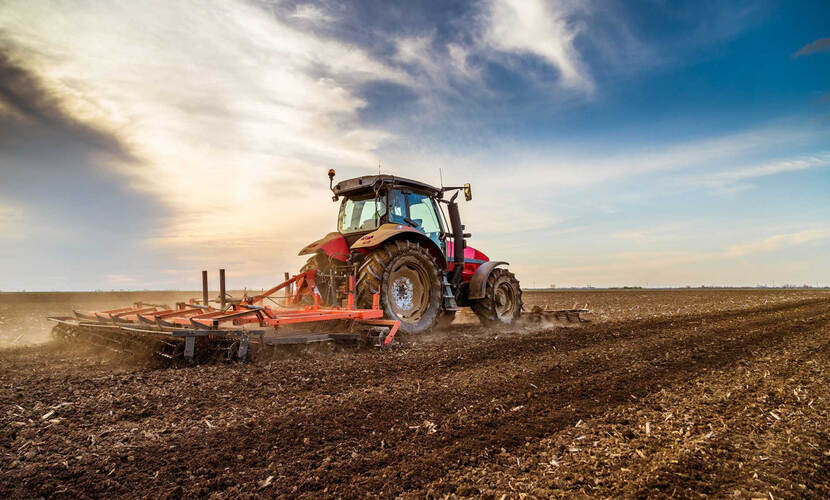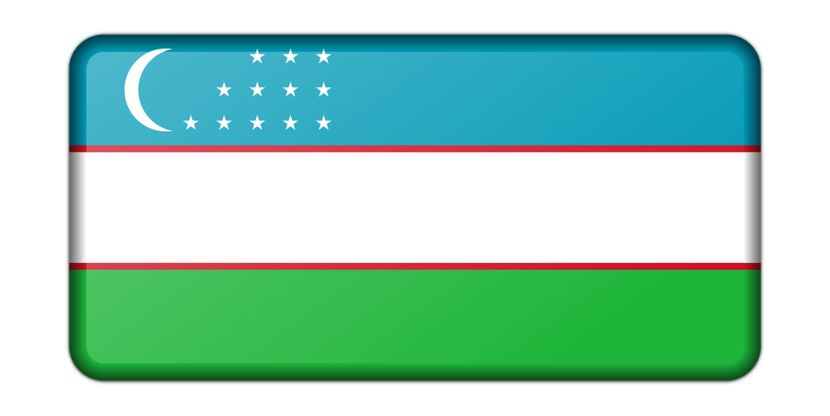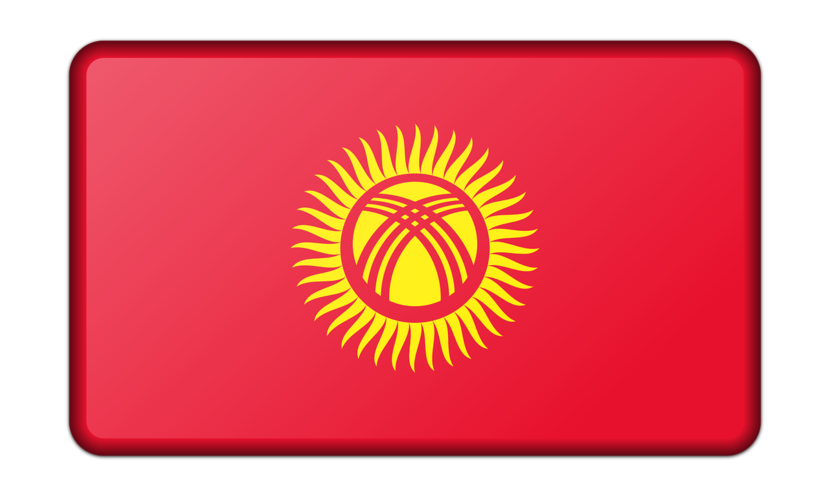Agricultural Newsletter of Central Asia September 2024
This edition is overwhelmed with insights into the region’s evolving industries and environmental strategies! Get ready for a dive into Kazakhstan’s ambitious plans to localize agricultural machinery production, transforming the sector from within. Discover how Uzbekistan has overhauled its cotton industry, shifting from raw exports to value-added products. Plus, explore Kyrgyzstan’s move to combat climate change with a comprehensive national adaptation plan.

Kazakhstan Faces Urgent Need for Domestic Agricultural Machinery

Kazakhstan’s agricultural sector is feeling the strain as machinery wear and tear reaches alarming levels, with some experts estimating it at 80%.
- President Tokayev emphasized the urgent need to modernize the aging fleet with locally produced equipment. He also highlighted the growing involvement of skilled young professionals trained in vocational schools, a positive trend for the country’s manufacturing sector.
- The localization center AgromashHolding KZ currently manufactures 250,000 modules and components annually. Since the beginning of 2024, the facility has already produced around 1,000 tractors and 300 harvesters, solidifying its position as a leader in Kazakhstan’s agricultural machinery market.
- AgromashHolding KZ is expanding its capabilities, including an order to manufacture components for CLAAS tractors and combines. A new partnership with global equipment manufacturer AMAZONE will see the assembly of sowing complexes and sprayers at the facility. The plant is also gearing up for a new venture with KIA to produce components for a facility set to launch in 2025

Uzbekistan Achieves Full Cotton Processing and Eyes Expansion

Uzbekistan has transformed its cotton industry, now processing 100% of its domestically grown cotton fiber and even starting to import raw cotton for further processing. In 2017, only 40% of Uzbek cotton fiber was processed locally.
- Uzbekistan’s major reforms included ending the state monopoly on cotton cultivation and developing a cluster system that streamlines the entire process - from raw material production to finished goods manufacturing.
- Reforms have gained international recognition, leading to the lifting of the global boycott on Uzbek cotton. Uzbekistan continues to work closely with the Cotton Campaign coalition.
- These advancements have fueled significant growth in textile production and exports. Where raw materials once dominated Uzbek exports - accounting for around 70% - today, finished products make up 60% of textile exports.
- With an average production of 3.5 million tonnes of raw cotton annually, Uzbekistan’s cotton sector is poised for a new era of value-added growth and global cooperation.

Kyrgyzstan Unveils National Climate Adaptation Plan
Kyrgyzstan is stepping up its fight against climate change with a new national adaptation plan. The plan outlines key strategies to safeguard the economy, agriculture, and water resources from the escalating impacts of climate change like melting glaciers and extreme weather events.
- Kyrgyzstan’s mountain ecosystem has a crucial role in the region.
- A centerpiece of the country’s climate efforts is the Zhashyl Muras initiative, launched in March 2022 and led by President Sadyr Japarov, reflecting Kyrgyzstan’s commitment to tackling climate challenges head-on. This ambitious program aims to plant millions of trees annually to rejuvenate forests, improve air quality, and combat land degradation.
- International partnerships have also played a critical role, enabling projects that protect biodiversity and expand protected areas. These collaborations are key to building a more sustainable future for Kyrgyzstan and the world.
Stay tuned for more agricultural updates and developments from Central Asia in the next edition of the LVVN Astana Newsletter!